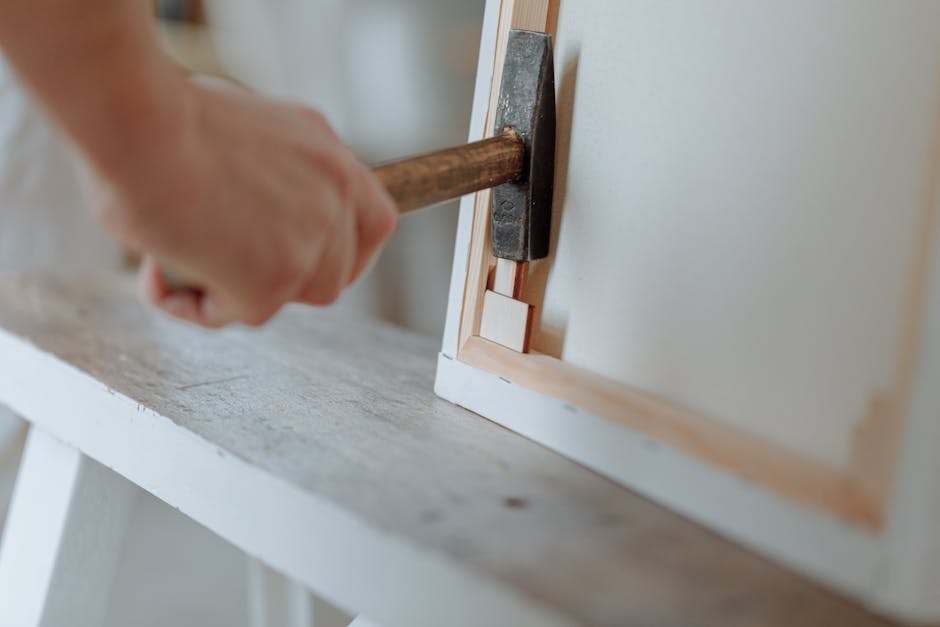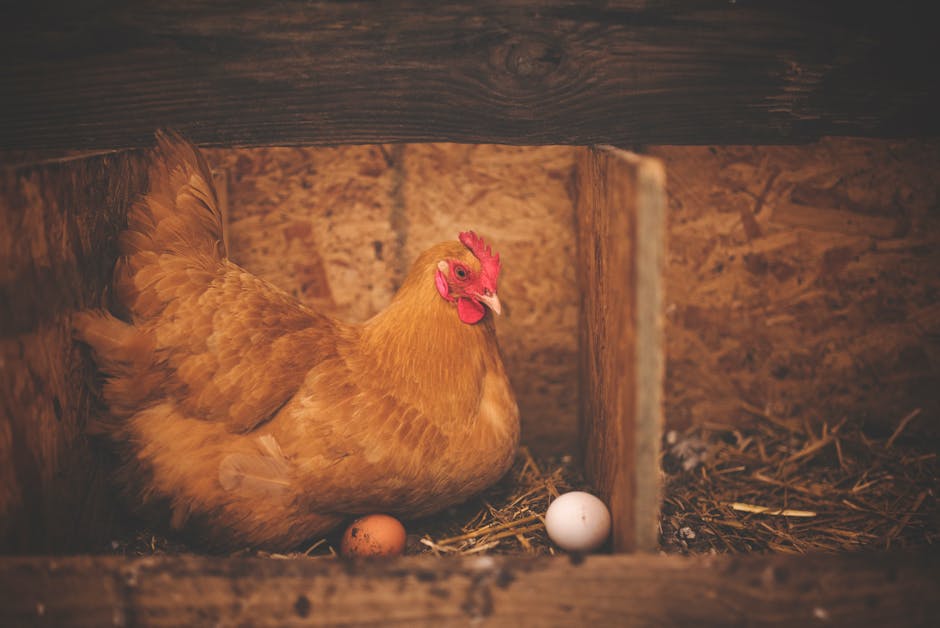Unlock the power of atmospheric moisture with this detailed guide on constructing your own atmospheric water generator. Follow this step-by-step process to ensure you capture and condense vapor from the air into drinkable water using simple materials and tools.
Ideal conditions
Best time of the day
Afternoon
Suggested age
18+
Best weather conditions
High humidity above 70%
Budget
Between 0 and 50 euro
Bookmark this guide for later use, or better: Add it to your agenda!
Estimated duration: 1 day
Last editted on: 09-09-2024 19:36
Understand the Basic Principle
An Atmospheric Water Generator (AWG) works by extracting water vapor from humid air, condensing it, and collecting it as liquid water. This principle is similar to how a dehumidifier operates, making use of thermoelectric cooling technologies.
Before diving into the build, familiarize yourself with the physics behind condensation and the role of relative humidity in water production.
Gather Your Materials
To build your own AWG, you’ll need the following materials:
- Thermoelectric cooler (peltier module)
- Heat sink and fan
- Power supply (12V DC)
- Water collection tray
- Hygrometer (optional, for testing air humidity)
- Sealing tape and basic toolset (screwdrivers, wire cutters)
Ensure to acquire materials of good quality for efficiency and durability.
Assemble the Cooling System
Start by attaching the thermoelectric cooler directly to the heat sink. This setup will serve as your primary cooling system.
Make sure the cooler’s cold side faces away from the heat sink. Mount the fan on the heat sink to dissipate heat efficiently. Test the fan’s operation before proceeding with the final assembly.
Set Up the Collection System
Position the water collection tray beneath the thermoelectric module. This tray will gather the water that forms as the humid air condenses upon hitting the cool surface.
Ensure that the tray is stable and aligned properly to catch maximum runoff from the cooler.
Connect the Power Supply
Carefully connect the thermoelectric cooler and fan to your 12V DC power supply. Use sealing tape to secure connections and prevent any short circuits.
Switch on the power and observe the setup as it begins the process of cooling and water condensation.
Test and Evaluate Performance
Place the AWG in a humid environment and monitor its performance over several hours. Use a hygrometer to gauge the ambient humidity levels and calibrate the device for optimal operation.
Assess factors such as water yield and energy consumption to make further improvements.
Plan this experience
Discover the world beyond this screen. Play, try, and be yourself. Take the next step with PlayTryBe and bring your interests to life.











